Why adhesive selection matters more than ever
April 30, 2025 at 12:00 p.m.By Adrian Robledo, ICP Group.
Take a closer look at adhesives for tile roofing applications to improve their ability to withstand Florida’s extreme weather conditions.
From meeting wind uplift codes to optimizing application efficiency, today’s contractors need adhesive solutions that perform under pressure, especially in hurricane-prone areas like Florida. Tile roofing presents unique installation challenges, but with the proper product pairing, you can ensure long-term performance and code compliance. With innovative options available through trusted brands like APOC®, it’s important to understand the differences between adhesive types, how they interact with underlayments and what to consider when selecting the best system for your specific project.
In this article, we’ll explore what you need to know about properly installing tile roofs with polyurethane foam adhesives, including the benefits of a high-performance underlayment, key differences between single-component and two-component roof tile adhesive options, the importance of proper training for applicators and more.
Selecting an effective underlayment
Before the roof tiles themselves can be adhered, it is important to select an underlayment system that meets the required design pressures and code approvals of the project location. These components are available in a wide variety of applications and options that provide essential protection for the building envelope beneath the primary roofing material — roof tiles, in this case.
Some characteristics to look for when selecting an underlayment technology include:
- Compatibility properties. There are various applications for adhering underlayment to a roof deck. Contractors should ensure that the underlayment has been tested and approved for use with foam adhesive products. As direct-to-deck roof applications are growing in the southern part of Florida, it is also important to ensure that the underlayment meets the required design pressures for this application. Direct-to-deck applications have high performance values and can also help in reducing additional material and labor costs. The underlayment should address all essential areas of the roof and ensure quick, clean and easy lapping of rolls as well as water tightness.
- Physical & performance characteristics. When selecting an underlayment, various performance differences can aid in installation and underlayment life expectancy. Thickness, tear resistance, adhesion, water resistance, slip resistance, roll weight, temperature resistance, walkability and additional UV exposure all play a vital role in choosing the right underlayment for your project.
- Advanced technologies. As underlayment technologies evolve, staying on top of technology and offering advanced products is important. For example, some high-performance underlayment technologies available today are products made without excess filler, providing outstanding protection without extra weight, enabling workers to get the job done more easily. Another crucial technology is addressing all critical lap edges and joints for seamless and instant bonding.
Roof tile adhesives: Comparing the options
Once you’ve selected your underlayment, it’s time to choose an effective adhesive.
First, it’s important to understand the difference between single-component and two-component spray foam adhesive systems. Single-component adhesive products, all chemical and raw material components are combined and the adhesive moisture-cures upon dispensation. Two-component adhesives’ adhesion chemistry and other materials are kept separate (A-side/B-side); the chemical reaction begins once the two components are mixed together in the application assembly nozzle. These components are fed through hoses and are combined at the point of application.
Both options will provide high levels of performance, but there are some differences that may make one more suitable for a given application than the other. For example, two-component polyurethane adhesives maintain the highest available levels of wind uplift performance. Depending on the paddy size, tile profile, paddy placement and gram weight, a properly installed two component adhesive system has the ability to withstand a category 5 hurricane.
For these reasons, two-component adhesives have been widely used throughout Florida, where hurricane resistance is one of the top priorities for building and construction professionals. Two-component options can also deliver additional tile support, contributing to higher break strength and overall long-term durability. Depending on the roof pitch, some two-component systems can also eliminate the need for having thousands of screws, nails or tie-wire penetrations on the roof deck which can create roof damage and leaks.
Single-component options serve their purposes as well. These options also maintain high levels of performance and are primarily advantageous in terms of ease of use. Applicators are able to move around the roof area easily since these come in handheld, user-friendly cylinders. Additionally, multiple applicators equipped with individual cylinders can help complete a job more quickly. Single-component systems’ portability also lends itself to easier application around hips, ridges, cut pieces and trim tiles. One-component systems can also be applied to damp substrates, making it easier to perform work following rain or without waiting for morning dew to evaporate.
Whether you choose single- or two-component adhesive systems, it’s also increasingly important to check the sustainability profile of such products. Because spray foams require the use of a blowing agent, it’s worth checking to ensure that such agents in your selection have low global warming potential or HFO product offerings (environmentally friendly); your supplier should be able to advise.
The importance of proper application
Getting the most from roof tile adhesives depends not just on the products themselves, but on proper training and installation. Building officials, inspectors and municipalities often require roofing contractors to have been trained in proper product use by the manufacturer. This is particularly true in, once again, areas prone to extreme weather like Florida. Code officials will want to ensure that construction projects completed with adhesive products are being performed by professionals who’ve been properly trained. Contractors interested in using roof tile adhesives should seek out manufacturers that provide product-specific training and certifications.
Overall, roof tile adhesives and underlayment systems offer a wide range of benefits for tile roof applications. Products that have been formulated for the highest levels of performance and ease of use can contribute to more reliable and more durable roofs — even in the most extreme weather environments — while enabling professionals to work more efficiently and boost their bottom line.
About the author
With over 20 years of roof tile and adhesive industry experience, Adrian Robledo is director of sales for ICP Group and oversees the brand’s APOC® Polyset Steep Slope polyurethane roofing adhesives. He is dedicated to helping roofing professionals understand the value of proper training and tile installation methods for concrete and clay roof tiles. His passion, commitment, technical knowledge and service to his customers have helped him build a solid reputation as one of the industry leaders in the residential roofing category. To learn more about roofing tile adhesives visit www.APOC.com. Adrian can be contacted at arobledo@icpgroup.com.
Learn more about APOC in their Coffee Shop Directory or visit www.apoc.com.

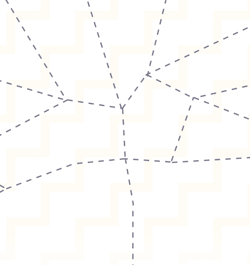
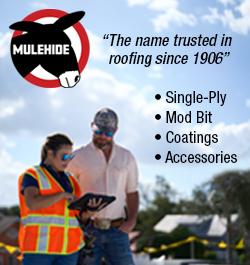






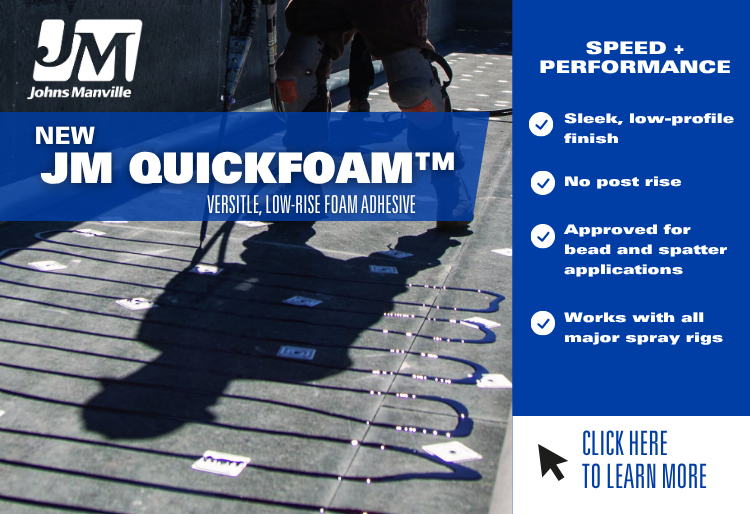
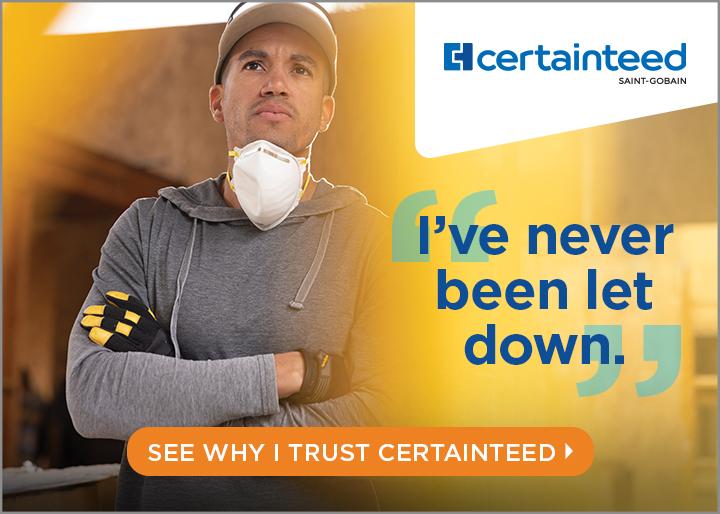


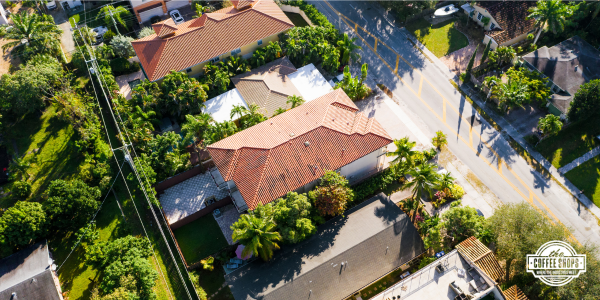

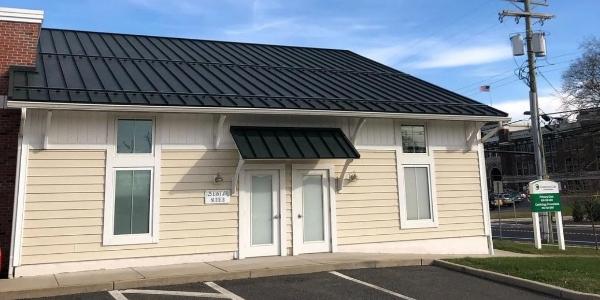
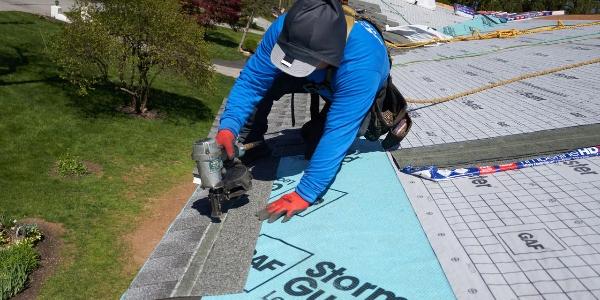







Comments
Leave a Reply
Have an account? Login to leave a comment!
Sign In